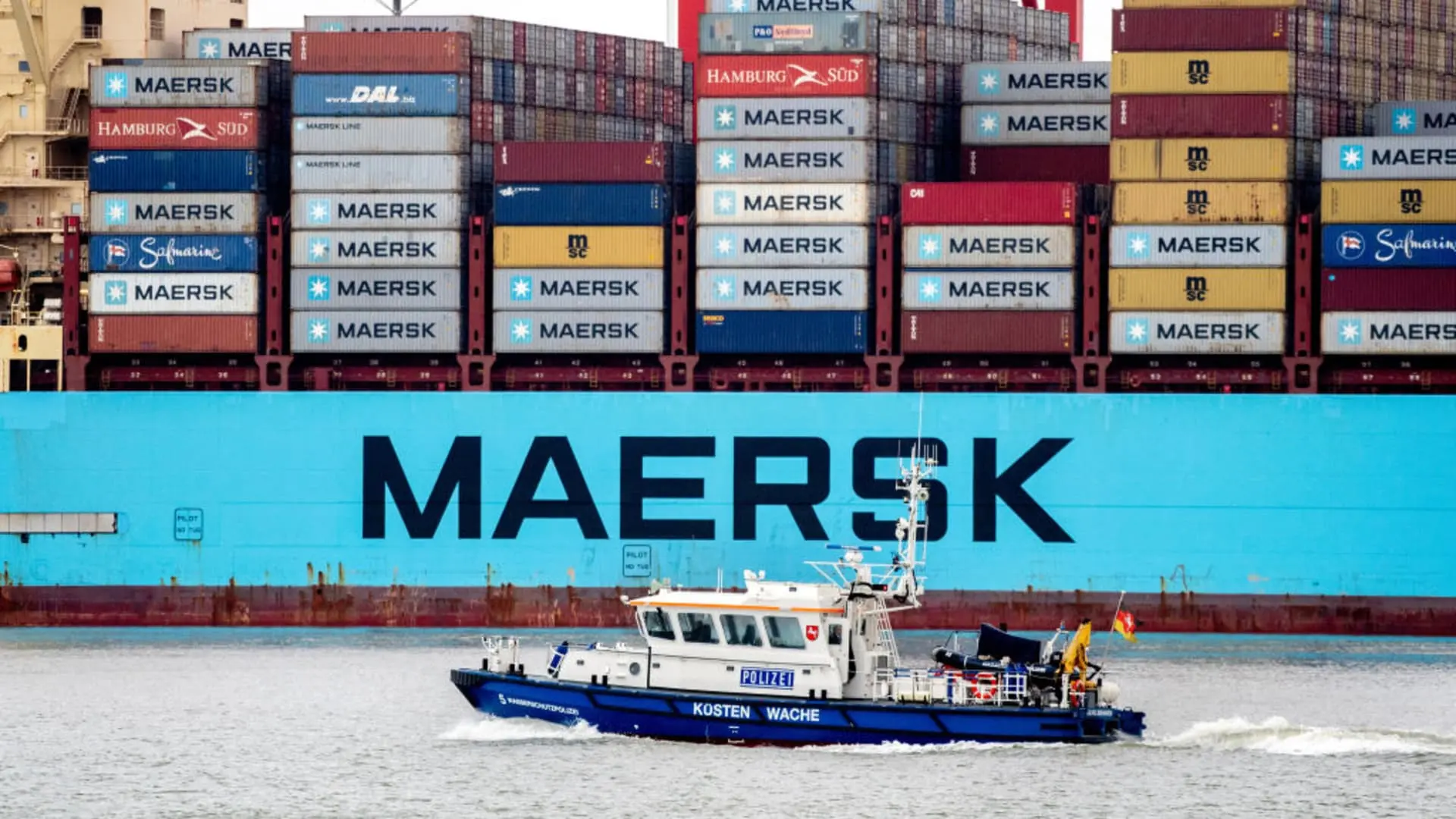
Freight Spend Management Top Priority Amid Red Sea Crisis
Managing freight spend is the biggest concern for shippers and forwarders, as the supply chain volatility driving ocean rate hikes appears to have no end in sight.
In Xeneta’s mid-year ocean freight update, CEO and co-founder Patrik Berglund said: “Carriers were expecting to record massive financial losses in 2024, but the skyrocketing spot market will see them deliver a full-year profit, which seemed improbable six months ago.”
Indeed, while the Xeneta outlook in October suggested a volatile spot market, it noted this week that “the level of volatility witnessed in 2024 is beyond earlier expectations”.
“Volatility in 2024 is demonstrated through an initial spike in spot rates on major trades out of the Far East at the start of the year, spot rates then began to soften before escalating once again in May, demonstrating there can still be market movement in both directions even while the underlying impact of the Red Sea crisis remains,” the crowd sourced analytics platform explained.
It found that average spot rates on major fronthaul trades ex-Asia were now more than 300% up on December .
According to a Xeneta poll, ‘managing freight spend’ is the biggest concern for shippers and forwarders this year, 46% listing it as a primary challenge.
Xeneta chief analyst Peter Sand said: “It’s the one thing that is the mother of all that has to do with maritime supply chains and logistics – freight spend and the disruption that may or may not come about.”
Rising spot rates also had a knock-on effect on contract rates, and a survey of Xeneta customers last month found 74% had been affected by premium surcharges since the Red Sea crisis began.
At a recent online event with customers, Maersk CEO Vincent Clerc explained that one of the reasons freight rates were “temporarily higher” was due to increased charter costs for carriers.
He said: “With cargo journeys lengthened and capacity squeezed, the price per container has risen significantly. Maersk has taken on these costs knowing that many of them will remain beyond the Red Sea situation. For example, ships cannot be chartered for a few months to fill the current gaps. Instead, carriers are having to sign up to several years at the higher charter rates.”
But Mr Clerc assured that the high rates would only be temporary.
“The longer this lasts, the more our costs will get deeply ingrained. We don’t know yet exactly how much of these costs we will recover, and for how long.
“We will see eventually that rates will go back to market as some of these problems get alleviated, either by the new tonnage being phased-in gradually or by us resuming normal sailing routes in the near future,” he said.
But Lars Jensen, CEO of Vespucci Maritime, noted yesterday that it was now more than 200 days since container lines began diverting vessels around Africa, and, he added: “It is time to contemplate a possible scenario wherein this situation might not be solved in even the medium-term future, where it could be years before we can revert back to normal.”
Source: Article






